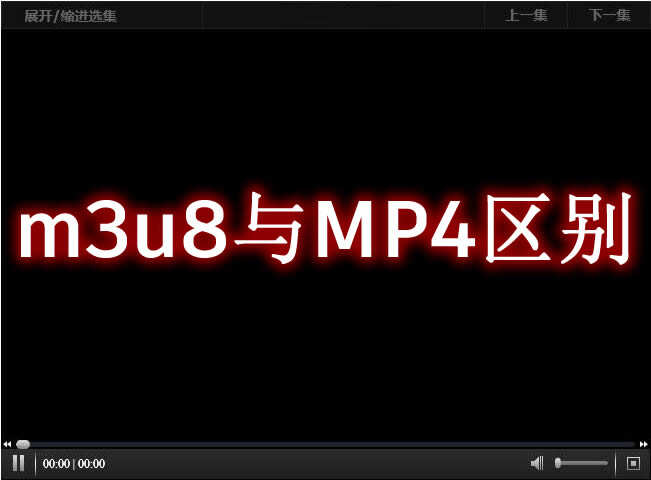
In the world of streaming media, **M3U8** and **HLS** are often used interchangeably, leading to confusion. While they are intrinsically linked, they represent two different components of the streaming process. Think of it this way: HLS is the detailed instruction manual (the protocol), and M3U8 is the list of ingredients (the playlist file format).
HLS: The Protocol (The How)
**HLS stands for HTTP Live Streaming.** It is a **protocol**—a set of rules and instructions—originally developed by Apple for streaming media to iOS devices. It is now a universally adopted standard for delivering video content over the internet.
HLS defines:
- The Segmentation Process: How a video should be cut into tiny, sequential segments (usually 2-10 second `.ts` files).
- Adaptive Bitrate (ABR): The mechanism by which a player automatically switches between different quality versions of the stream based on network conditions.
- The Request Flow: The sequence of events (Player requests M3U8 → Player requests segments → Player checks for updated M3U8).
- Encryption Standards: How content protection (like AES-128) should be signaled and implemented using the playlist.
HLS is the entire system that allows video to be played back smoothly and adaptively.
M3U8: The File Format (The What)
**M3U8 is a file format** used by HLS. It is an extended version of the M3U (MPEG URL) format, specifically encoded in UTF-8 (hence the '8').
M3U8’s Role:
- Playlist/Index: An M3U8 file is a plain text list of media files (the `.ts` segments) or other M3U8 files.
- Metadata Container: It contains the HLS-specific tags (like `#EXT-X-TARGETDURATION`, `#EXT-X-STREAM-INF`) that are required by the HLS protocol to function.
- Adaptation Pointer: The Master M3U8 file acts as the entry point, pointing to all the available quality streams.
In short, the M3U8 file is the **text document** that carries out the instructions defined by the HLS protocol.
Key Difference Summary
| Comparison Point | HLS (HTTP Live Streaming) | M3U8 (MPEG URL) |
|---|---|---|
| **Nature** | A Streaming Protocol (a set of rules) | A Playlist File Format (a text document) |
| **Function** | Governs video segmentation, delivery, and ABR logic. | Lists the URLs of the video segments. |
| **Analogy** | The traffic system/rules (the HOW) | The road map (the WHAT) |
| **Requirement** | Requires M3U8 files to work. | Is the required file format for HLS. |
The Relationship: Why the Confusion?
The confusion stems from the fact that HLS is almost entirely reliant on the M3U8 format. When people talk about "M3U8 streaming," they are almost always referring to HLS, because you cannot have an HLS stream without an M3U8 file defining it.
The relationship is one of **format serving protocol**: HLS uses the M3U8 format to organize its content.
HLS Protocol Elements Found in M3U8:
#EXT-X-STREAM-INF(ABR instruction)#EXT-X-TARGETDURATION(Segmentation rule)#EXT-X-KEY(Encryption instruction)
Without these HLS-specific tags, an M3U8 file would just be a simple list of media files, unable to support adaptive streaming or live functionality.
HLS vs. Other Protocols
HLS is not the only streaming protocol. Its main competitor is **MPEG-DASH**. DASH is format-agnostic but often uses an XML-based **Media Presentation Description (MPD)** file instead of an M3U8 file for its playlist.
Therefore, when dealing with streaming video:
- If the playlist file ends in **.M3U8**, you are definitely dealing with the **HLS protocol**.
- If the playlist file ends in **.MPD** (or is an XML file), you are likely dealing with the **MPEG-DASH protocol**.
Both protocols achieve the same goal (Adaptive Bitrate Streaming), but they use different file formats for their metadata.
Conclusion
To summarize, **HLS is the adaptive streaming protocol**, and **M3U8 is the UTF-8 encoded playlist file format** that serves as the index for that protocol. When using a tool like our online player or M3U8 to MP4 converter, you are inputting the M3U8 file so that the underlying HLS engine can properly process the stream.
Understanding this distinction is vital for developers who configure servers (like Nginx) and troubleshoot playback, ensuring they configure the right MIME types for the M3U8 files to enable the HLS protocol to run.
Back to Blog